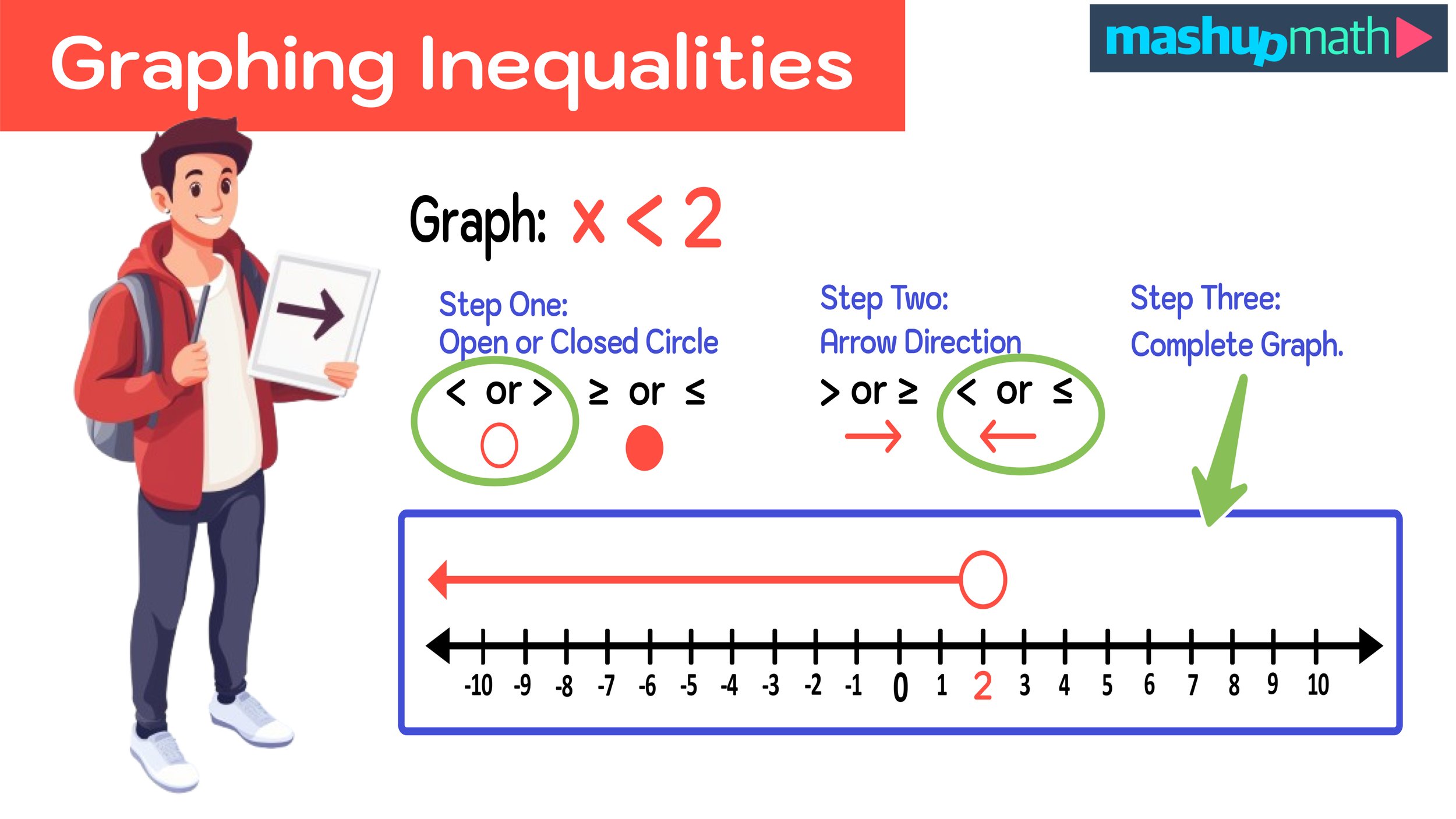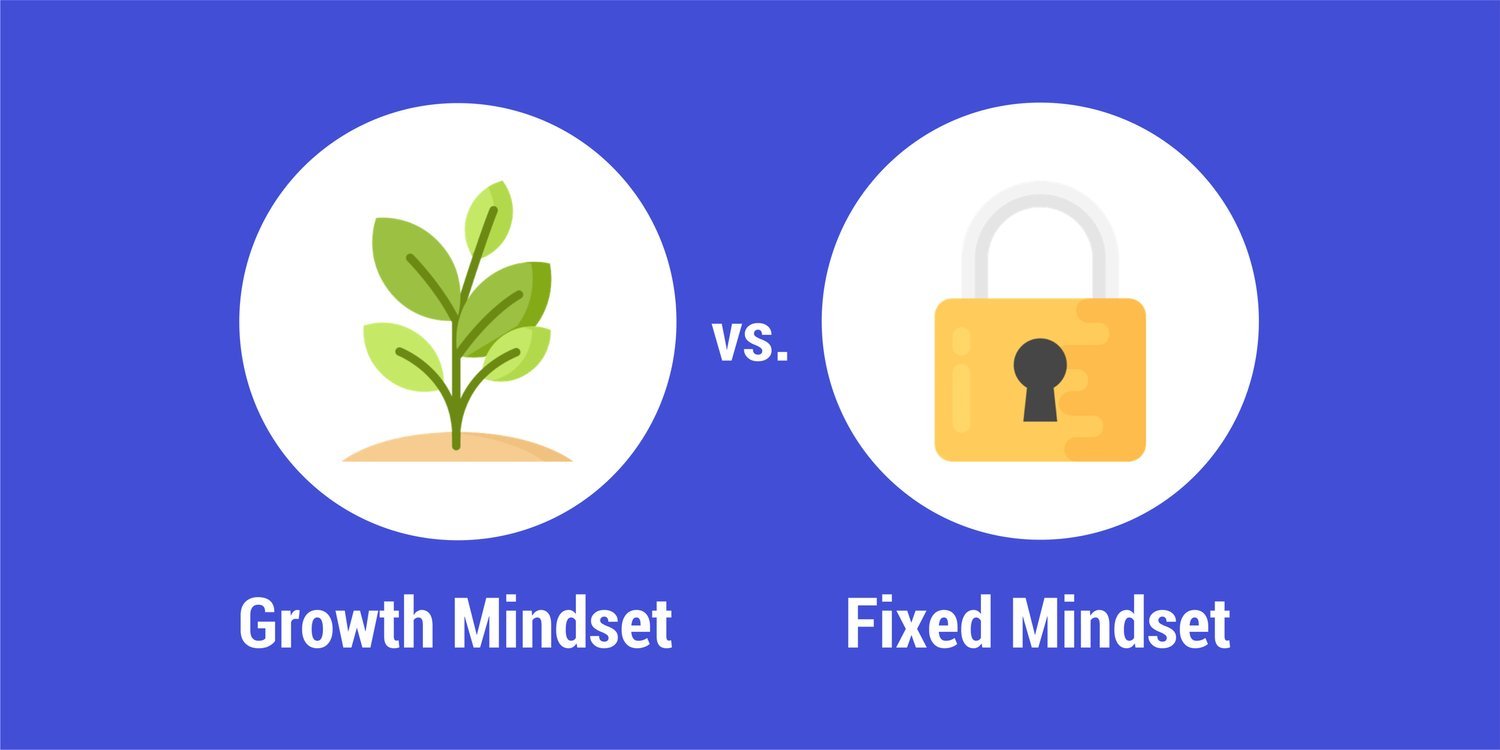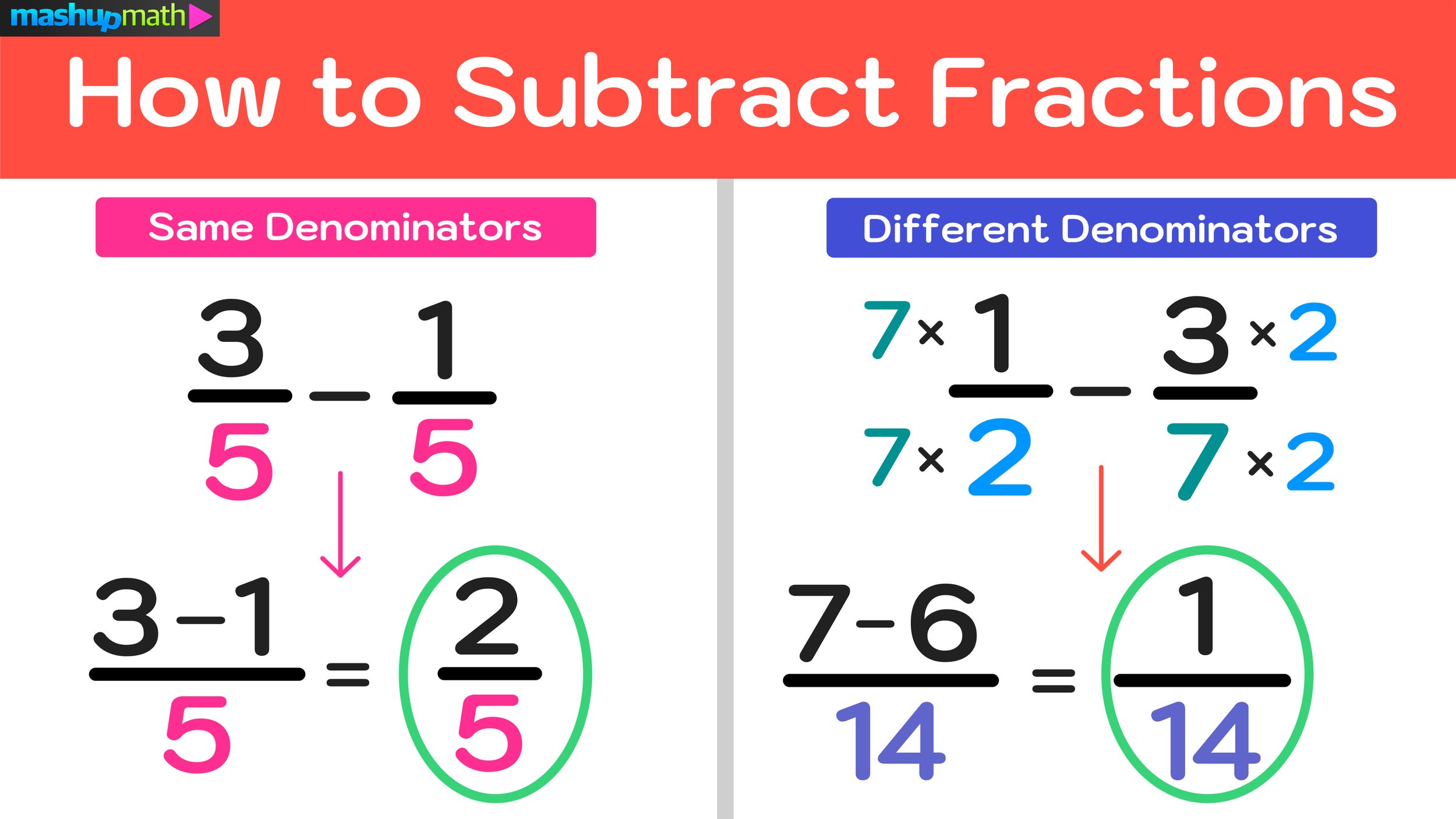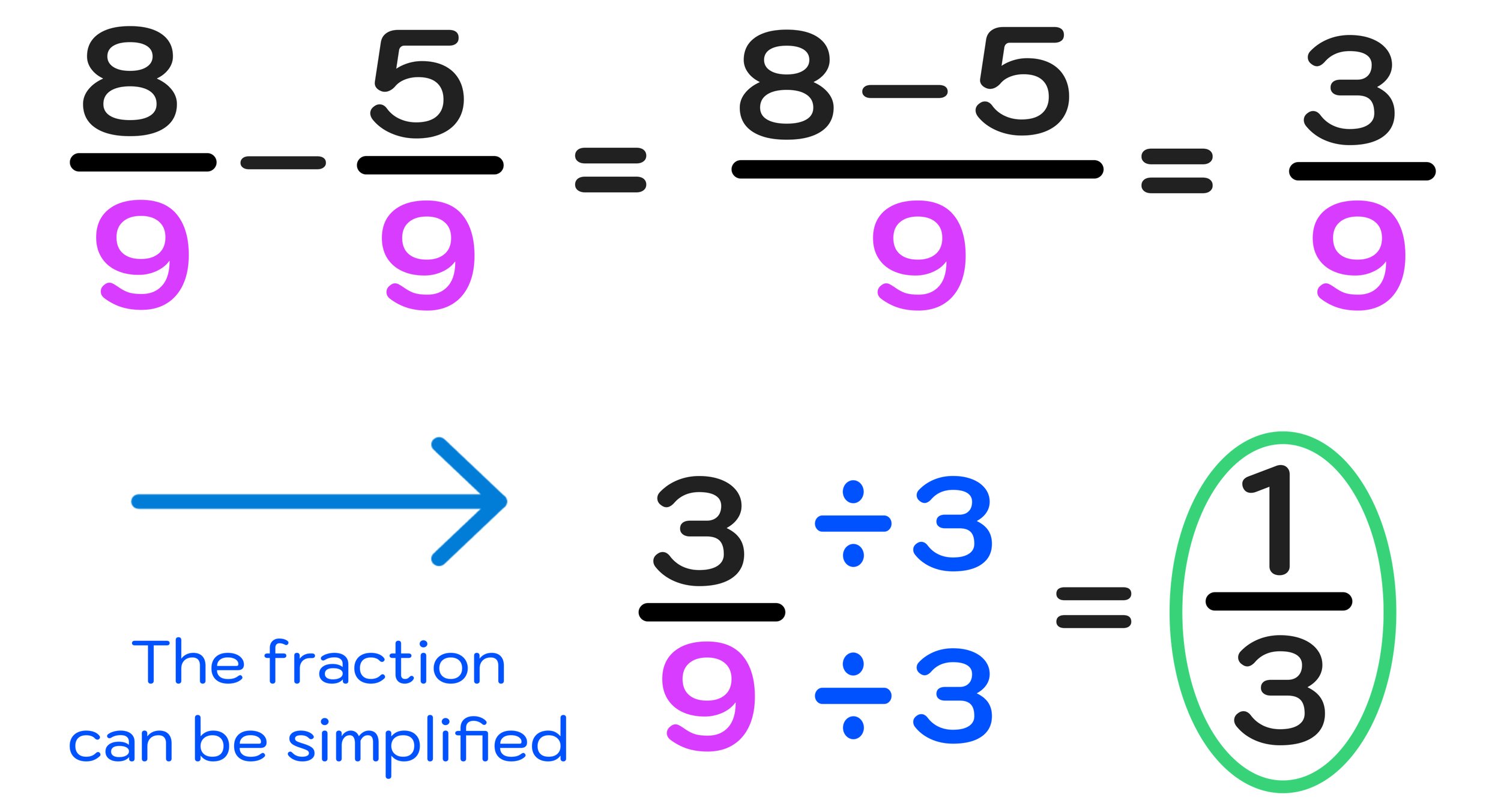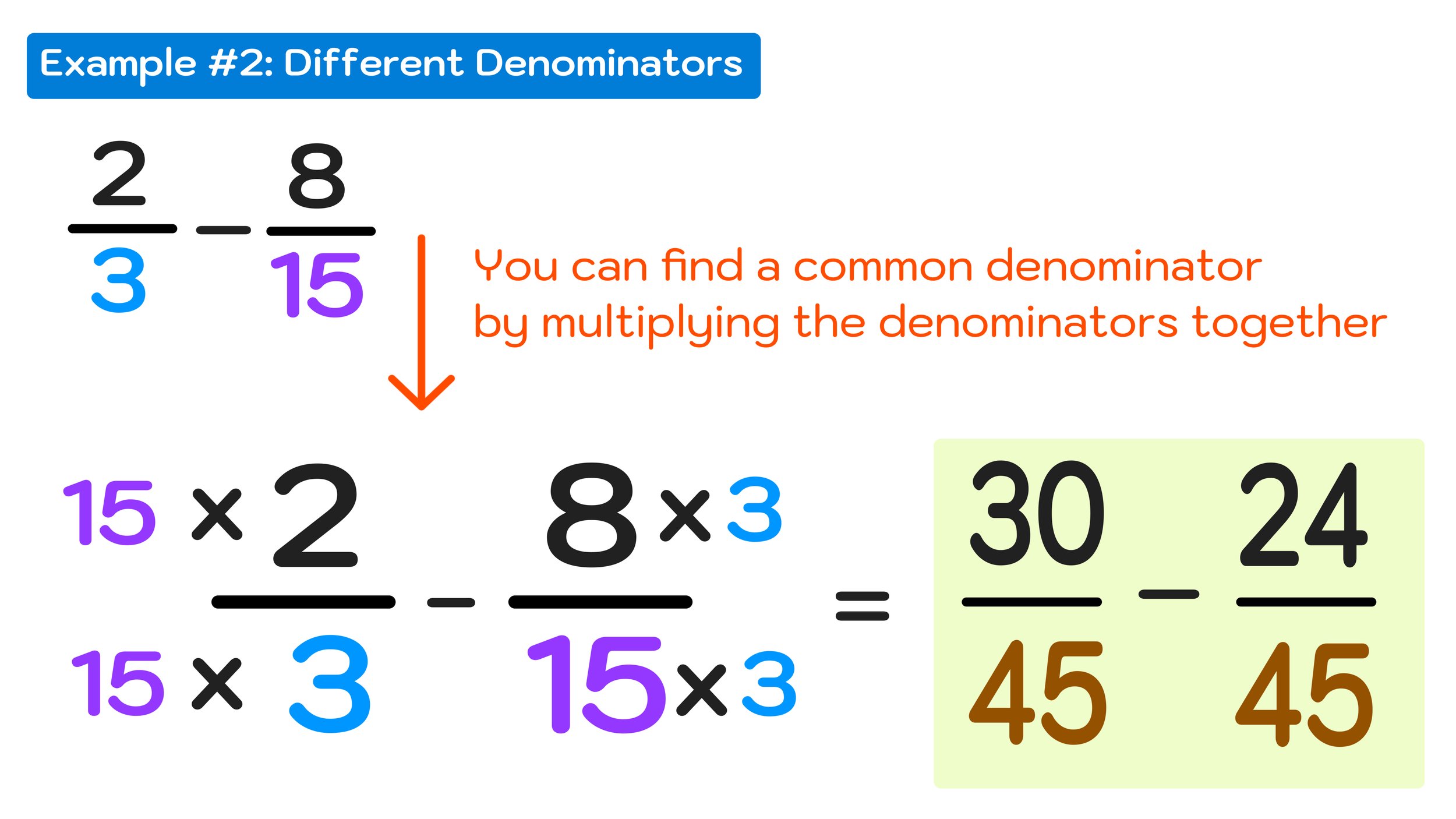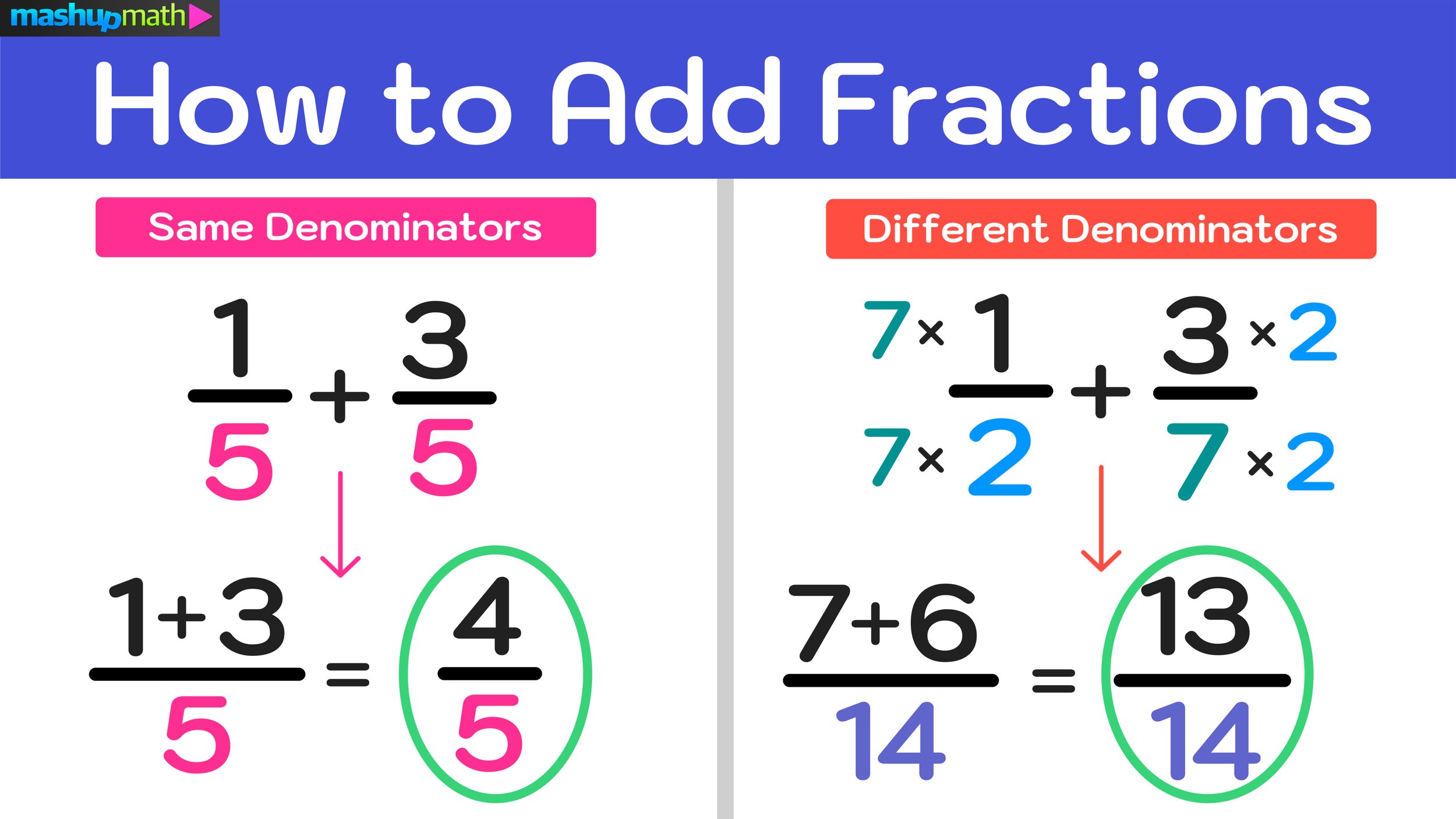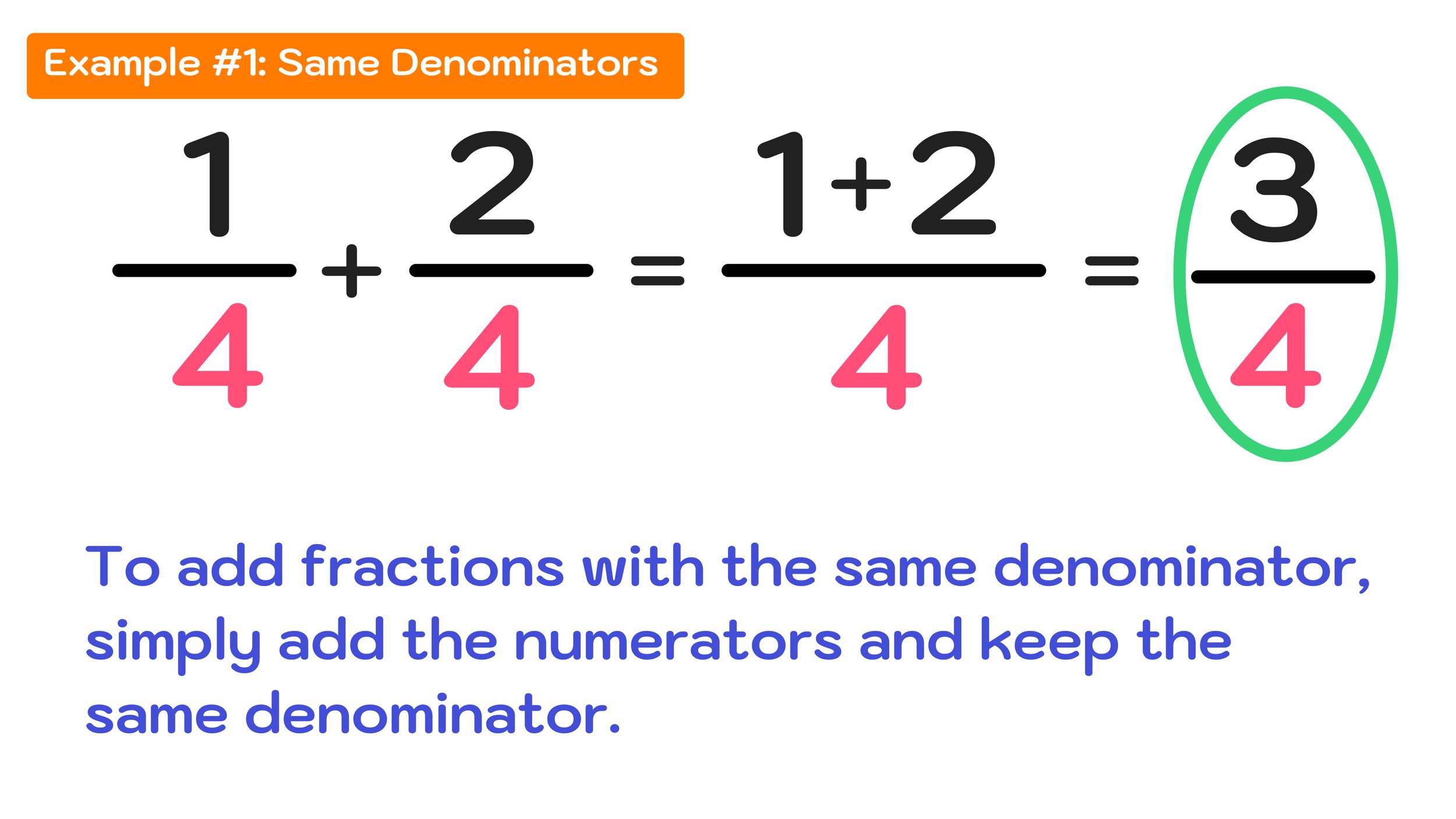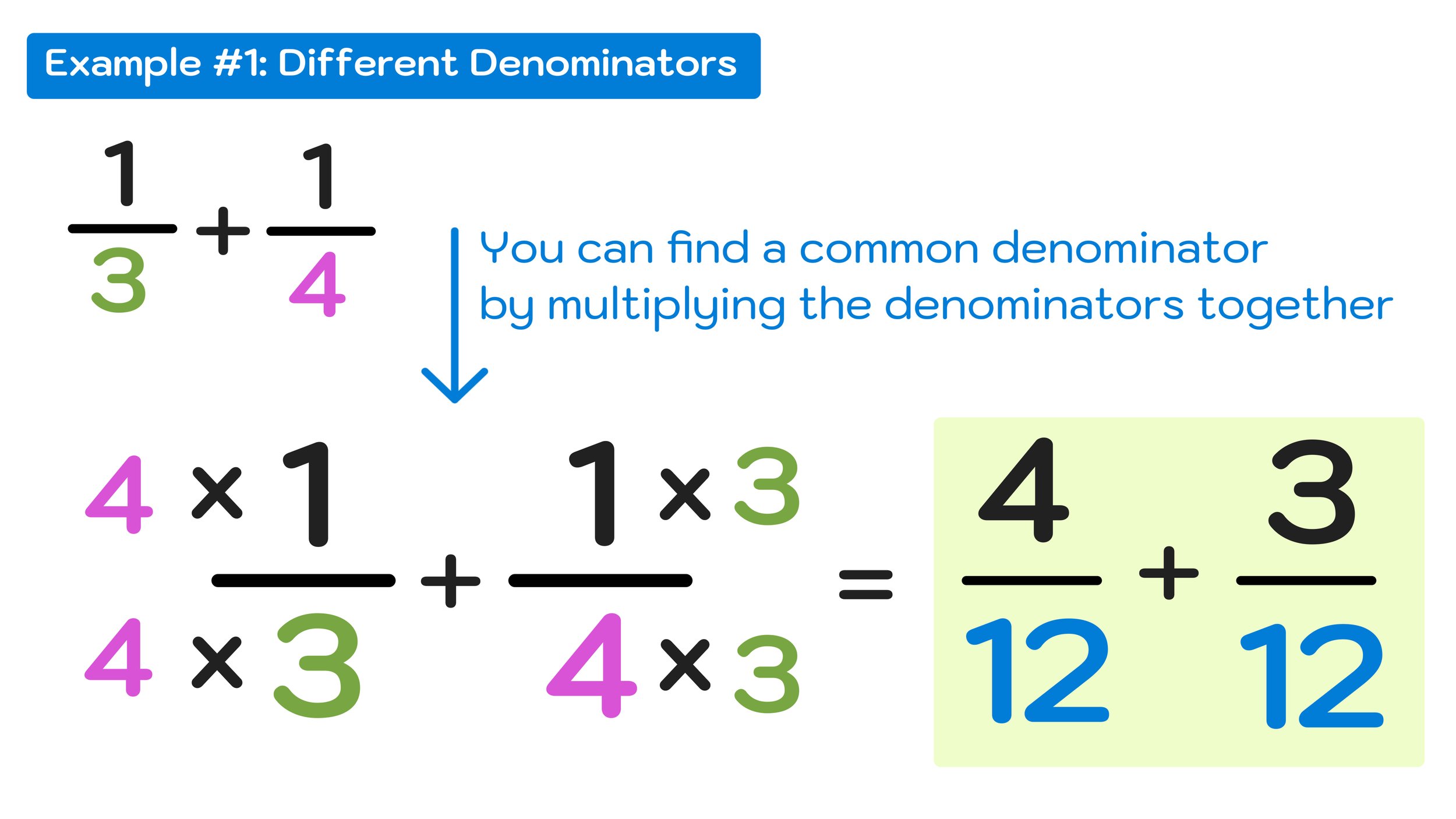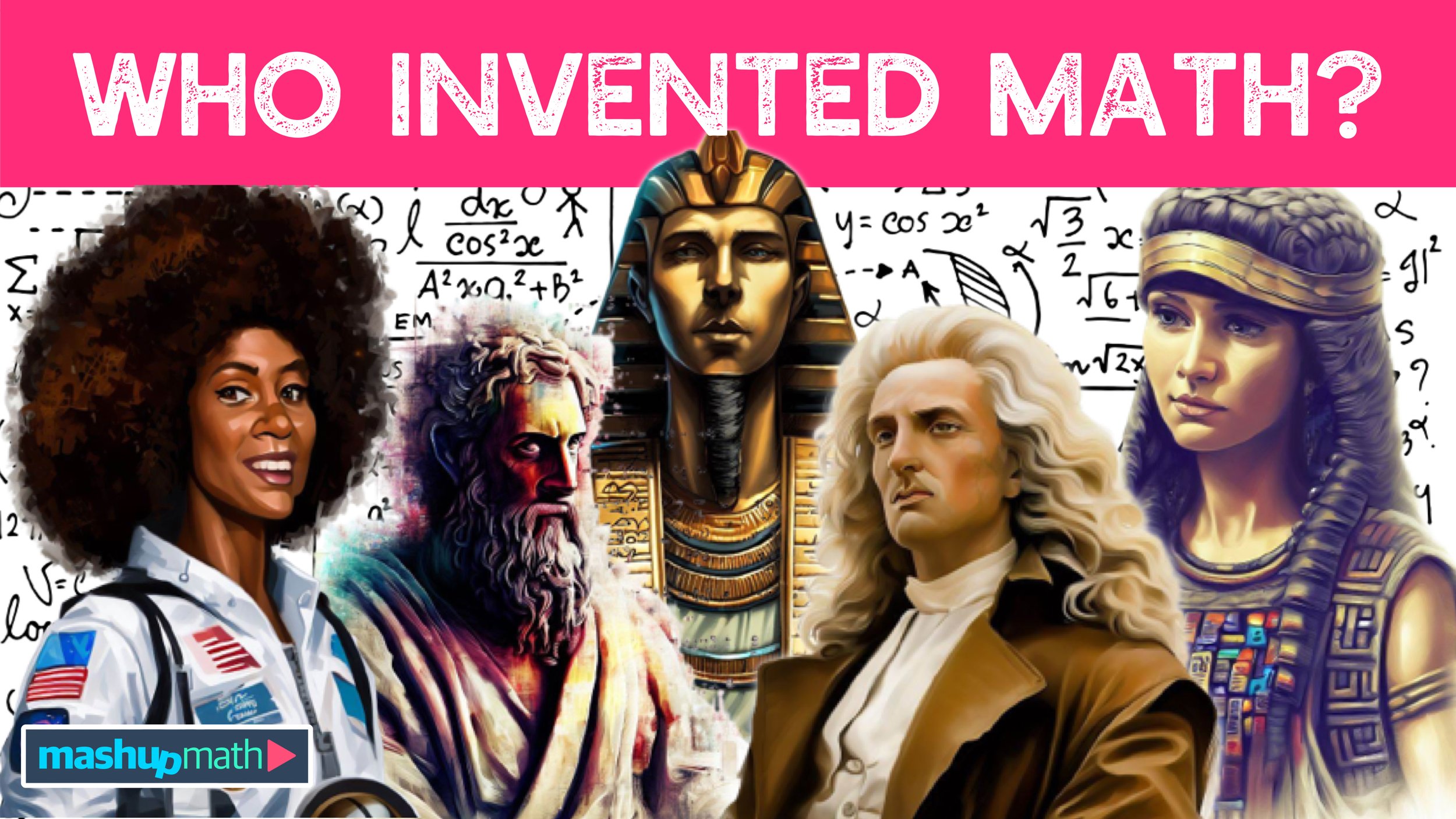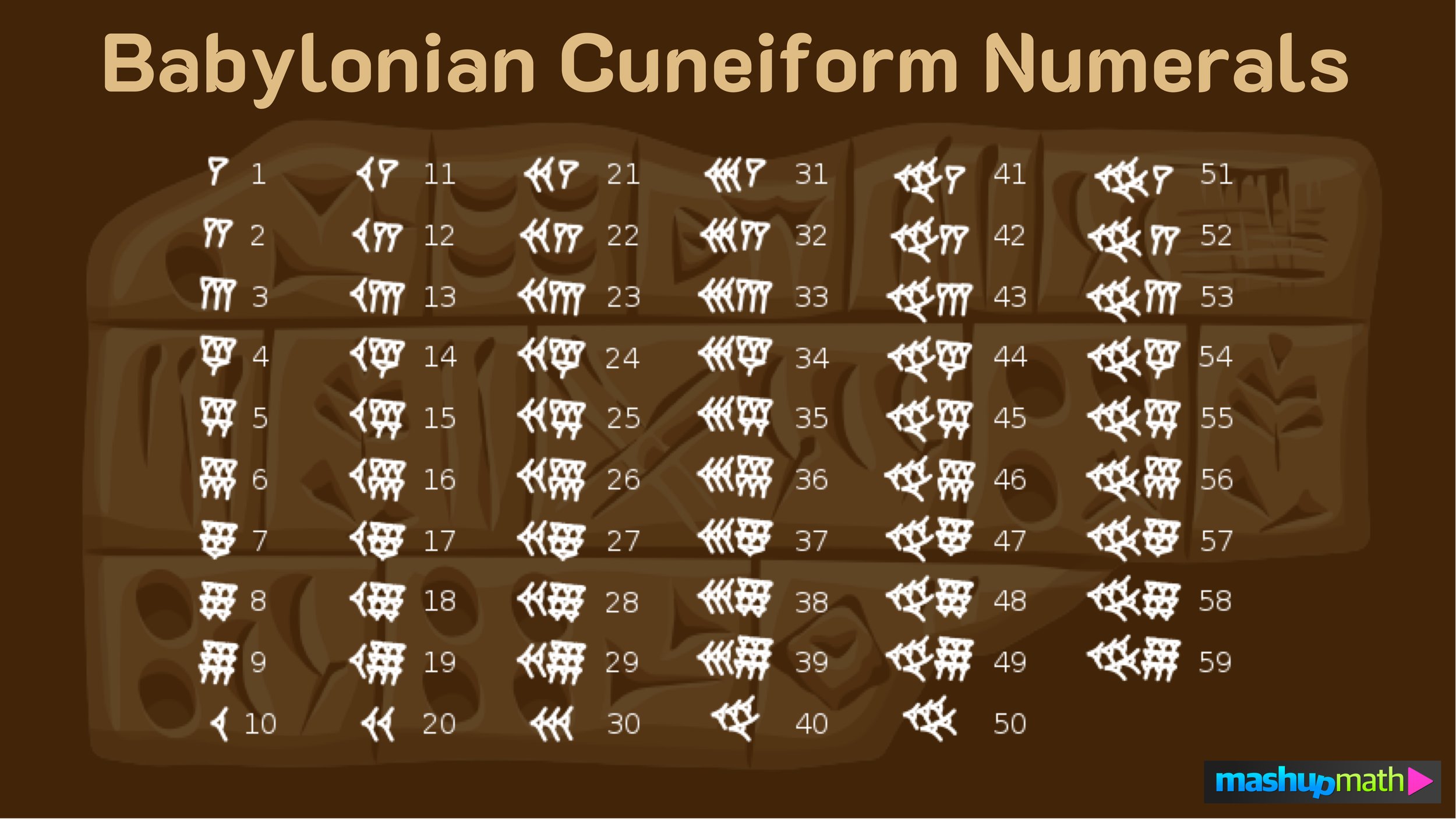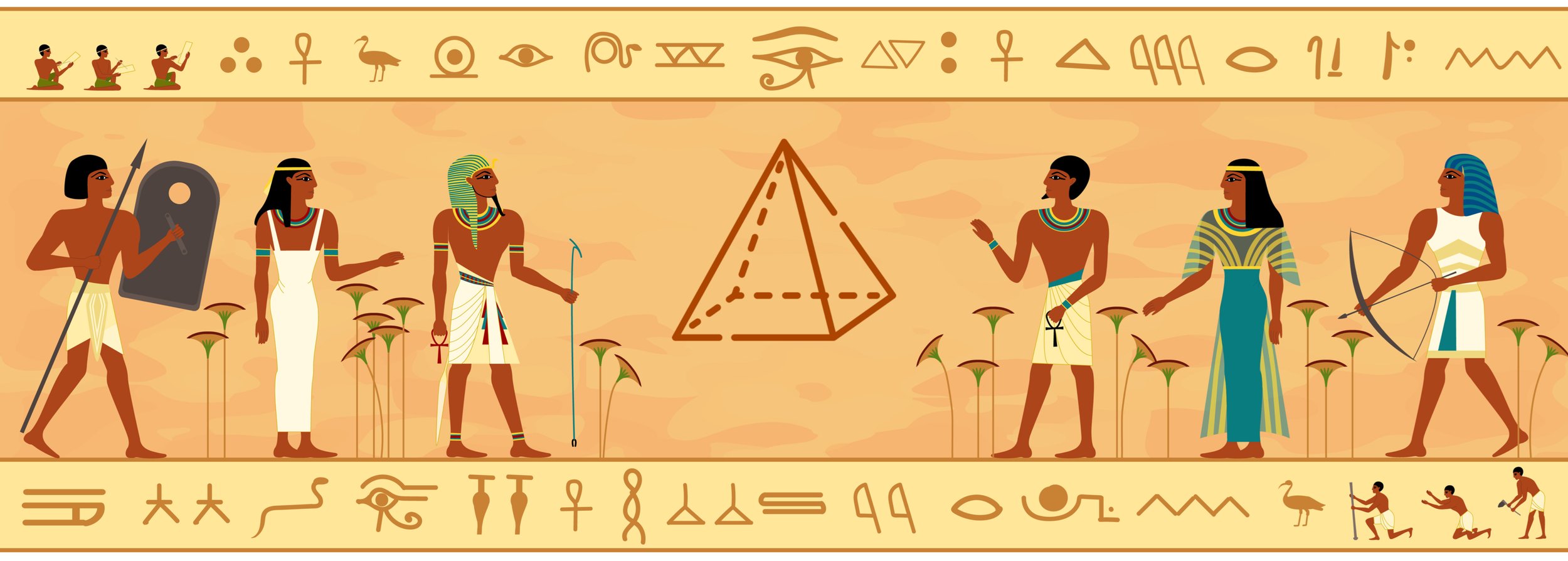How to Implement Kid Safe YouTube at Home and In Your Classroom
YouTube’s Kids Feature is a Safer and Simpler Version of the Platform that Allows Kids to Explore Their Interests by Watching Online Videos
Kid Safe YouTube is a specialized version of the YouTube platform that aims to provide a safe browsing and viewing experience for children. (Image: Mashup Math via Getty)
YouTube may be the single most powerful educational tool available to parents and teachers. The Google-owned search engine hosts a limitless collection of kid-friendly educational video content from respected outlets including Google Education, NASA, TED, and PBS.
But despite YouTube being host to the internet’s greatest collection of educational video content, many parents and school administrations are fearful of giving kids access to the platform given negative aspects including inappropriate content, advertisements, misinformation, cyberbullying, algorithm bias, and possibly dangerous interactions in the comment sections.
In fact, many school districts block student access to YouTube altogether, which prevents teachers from using YouTube videos or clips to supplement their lessons.
However, Google has recently unveiled a new specialized Kid Safe version of YouTube that removes the negative aspects of the platform and allows for a much safer online environment for children. In this post, we will dive into the following features of YouTube for Kids:
A screenshot of the YouTube Kids website. (Source: YouTube Kids)
Did You Know That There is a Kid-Safe YouTube?
While it is easy to understand why many teachers and parents do not want their kids to have access to YouTube given its negative aspects and potential for exposing kids to inappropriate content.
But, before you or your school gives up on the platform, you should know that Google has recently released a special Kid Safe YouTube version called YouTube Kids.
Kid Safe YouTube is a specialized version of the traditional YouTube platform that was designed to provide a safe browsing and viewing experience for kids by preventing their exposure to inappropriate or unsuitable content.
Some of the features of Kid Friendly YouTube that differentiate it from traditional YouTube include:
All Kid Friendly YouTube videos must adhere to content policies and quality principles to ensure that they are appropriate and beneficial for kids.
The Kid Friendly YouTube app has as a full suite of parental controls that will allow you to customize your child’s experience however you see fit.
The App features a built-in timer feature that allows you to limit screen time.
While the app does include limited paid advertisements, all ads must friendly and be in strict compliance with YouTube Kids' policies.
The videos do not allow viewers to leave comments, so there is no comment section.
Enhanced content filters and privacy settings.
YouTube Kids shares a free tutorial for setting up profiles for your kids so that you have control over things like screen time and what content they can access. (Source: YouTube Kids)
These range of features on Kid Safe YouTube are designed to protect children and allow them to experience and learn from YouTube content in a safe way.
By allowing parents and teachers to set filters and controls to limit the types of videos that kids can access on YouTube, the negative aspects of the platform can be removed, and students can gain the educational benefits of all the excellent learning content YouTube has to offer.
My School Blocks YouTube. How Can I Convince Them Not To?
Does your school block YouTube as a safety precaution?
If so, your district likely does not know about Kid Safe YouTube. By making this version of YouTube accessible to students, you can enjoy the pros of YouTube in your classroom without any of the cons.
This simple fix will open your classroom to hundreds of thousands of hours of amazing educational video content.
To learn more about YouTube Kids’ safety and security features, access FAQs, and learn how to setup the app in your home or school, click here to visit the YouTube Kids website.
Is YouTube Kids Safe? Yes! The app was designed to give kids a safer and more contained opportunity to explore video content. (Source: YouTube Kids)
Looking to Have YouTube Unblocked for School Use?
Is YouTube Kids Safe and is it Worth Implementing in Your Home or School?
Yes. Here are a few reasons to help convince you or your school’s administration that implementing Kid Safe YouTube is a great idea that will highly benefit students:
YouTube is easily the most powerful online education tool available today—and it's free!
Students are more engaged by video content than by verbal explanations alone.
Students can create and share videos on YouTube to demonstrate their understanding of a topic.
Any lesson can be supplemented with the inclusion of high-quality video content.
Teachers can access a large library of Professional Development content.
YouTube for schools is safe for the classroom and free and easy to implement.
How Can Teachers Use Kid Safe YouTube in Their Classroom?
If you are a teacher or homeschool parent looking for ways to use YouTube videos in your classroom, here are a few examples:
Educational Video Content: YouTube shares a massive selection of high-quality educational videos on all subjects and topics that teachers can use to supplement/enhance their instruction.
Bring Concepts to Life: YouTube videos can be excellent for animated difficult concepts in fields such geometry, biology, and astronomy.
Flipped Classroom: YouTube is a great platform for creating and sharing instructional videos that students can watch at home, which is a key component of the Flipped Classroom Model.
Audio Features: YouTube is also an extremely useful tool for accessing audio content that can help students with things like learning a new language or studying the history of music.
Projects: Teachers can also give their students opportunities to create and upload their own videos to complete a project or presentation—which allows them to be creative and learn digital skills such as video editing and graphic design.
While the traditional YouTube platform has tons of amazing educational content, its negative features led many parents and teachers to avoid using the platform, which is why Google has recently implemented YouTube Kids, which was designed to provide a safe and enjoyable environment for children to explore and learn about the world around them, without exposing them to any harmful or inappropriate content. So, if you want to reap all of the benefits of YouTube without any of the negative aspects of the traditional platform, then give YouTube kids a try today.
More Teaching Insights You Will Love:
Search Tags: YouTube Kids, kids youtube, youtube for kids, youtube kids app, kid youtube, youtube videos for kids, kid safe youtube, is youtube kids safe, kid-safe youtube, safe youtube for kids, how to make youtube safe for kids, is youtube safe for kids, youtube unblocked for school











